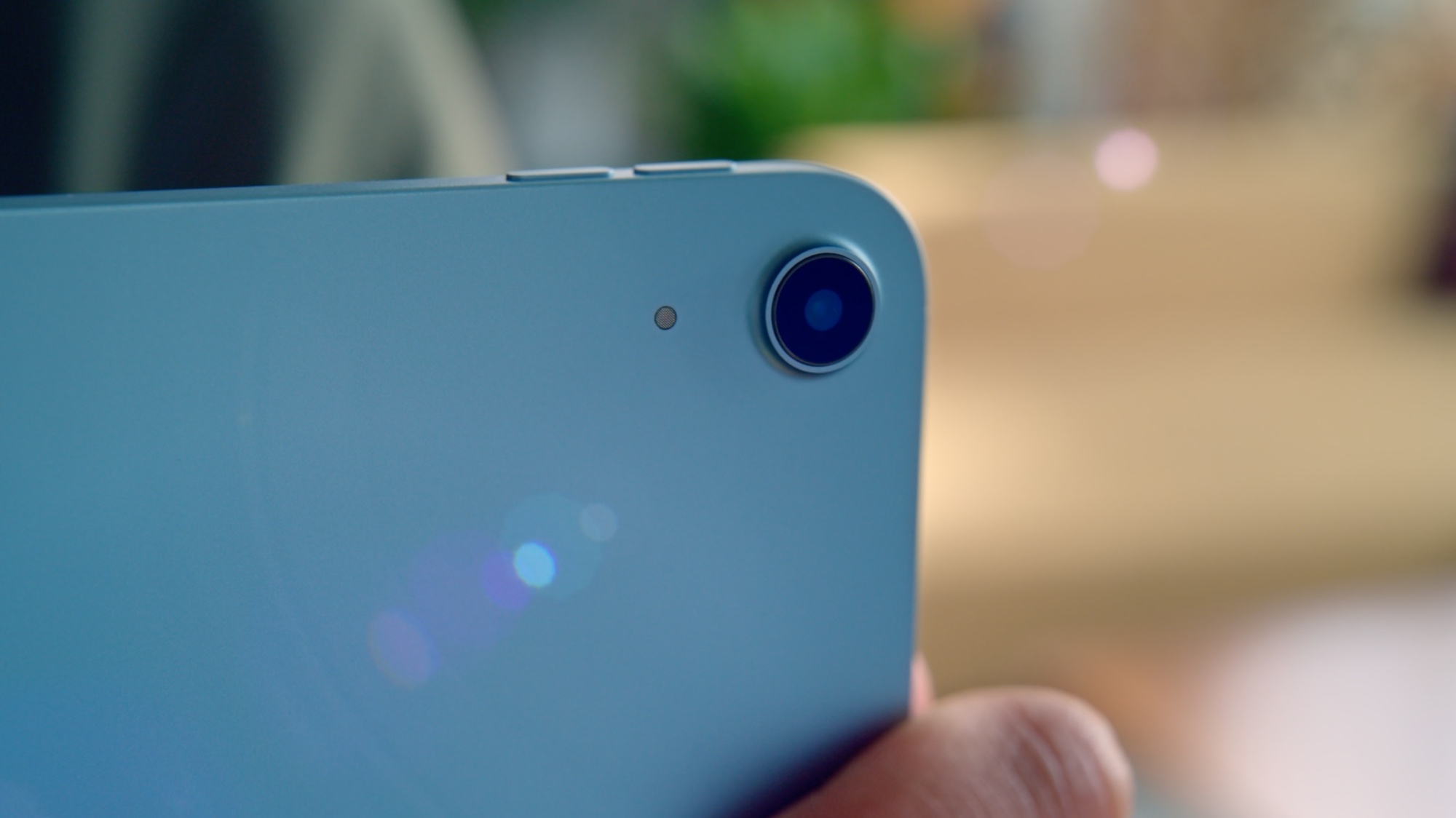Apple Vision Pro’s controller-free approach may be catching on with other headsets

Apple Vision Pro may be dominating the headlines when it comes to the best VR headsets, but it's not the only one out there. And it may be sparking a revolution in virtual reality that ensures it won’t be the only headset to ditch controllers.
According to UploadVR, Pico — makers of the Pico 4 VR headset — has signaled to developers that it’s beginning its transition to a hand-tracking-based future. A source familiar with the Chinese VR headset manufacturer’s plans told the outlet that ByteDance-owned Pico is now shifting funding away from developers that only allow for controller support. That funding will now instead go to developers that support hand tracking and controllers or just hand-tracking.
For its part, ByteDance seemed more open to keeping controllers in the mix. In an email to UploadVR, ByteDance Games Operations Manager Wenyue (Vayne) Lv said that while ByteDance will encourage developers to use hand tracking, it wants users to still enjoy games that require a controller.
Controller vs hand tracking is a battle reminiscent of VHS vs Betamax
Hand tracking is — for most — probably the platonic ideal for engaging in virtual reality. Ditching the bulky controllers adds a level of immersion to the experience and removes another accessory that you need to keep charged.
Of course, the problem is that it requires a lot of hardware to be done at all, and even then it’s not the easiest thing. While the Apple Vision Pro is ditching controllers for hand tracking, it also has 12 cameras, six microphones and five sensors as part of its spec sheet. And that’s part of why it will cost a whopping $3,499.
If more headsets like the Pico 4 decide to follow Apple’s example and ditch controllers, controllers may quietly be dying a slow but inevitable death.
That’s not to say it’s impossible that one day every headset could be mostly reliant on hand tracking, with controllers as an option rather than a requirement. The Meta Quest 2 allows some hand-tracking thanks to updates, and the new Meta Quest 3 should be able to handle significantly more thanks to its front visor array of sensors and cameras. But the Quest 3 is also still coming with (newly redesigned) controllers, which indicates that having to use a peripheral for VR gaming and experiences isn’t going away soon.
Still, if more headsets like the Pico 4 decide to follow Apple’s example and ditch controllers, controllers may quietly be dying a slow but inevitable death. Time will tell how much Apple’s entry into the still relatively nascent VR market will impact standards in the industry.
Get instant access to breaking news, the hottest reviews, great deals and helpful tips.
More from Tom's Guide
- New Godzilla Apple TV Plus series could be Vision Pro's first spatial video offering
- Forget Apple Vision Pro — the next headset sounds way better
- Apple Vision Pro rumored 'Magic Battery' is anything but magical — here's why

Malcolm has been with Tom's Guide since 2022, and has been covering the latest in streaming shows and movies since 2023. He's not one to shy away from a hot take, including that "John Wick" is one of the four greatest films ever made.
